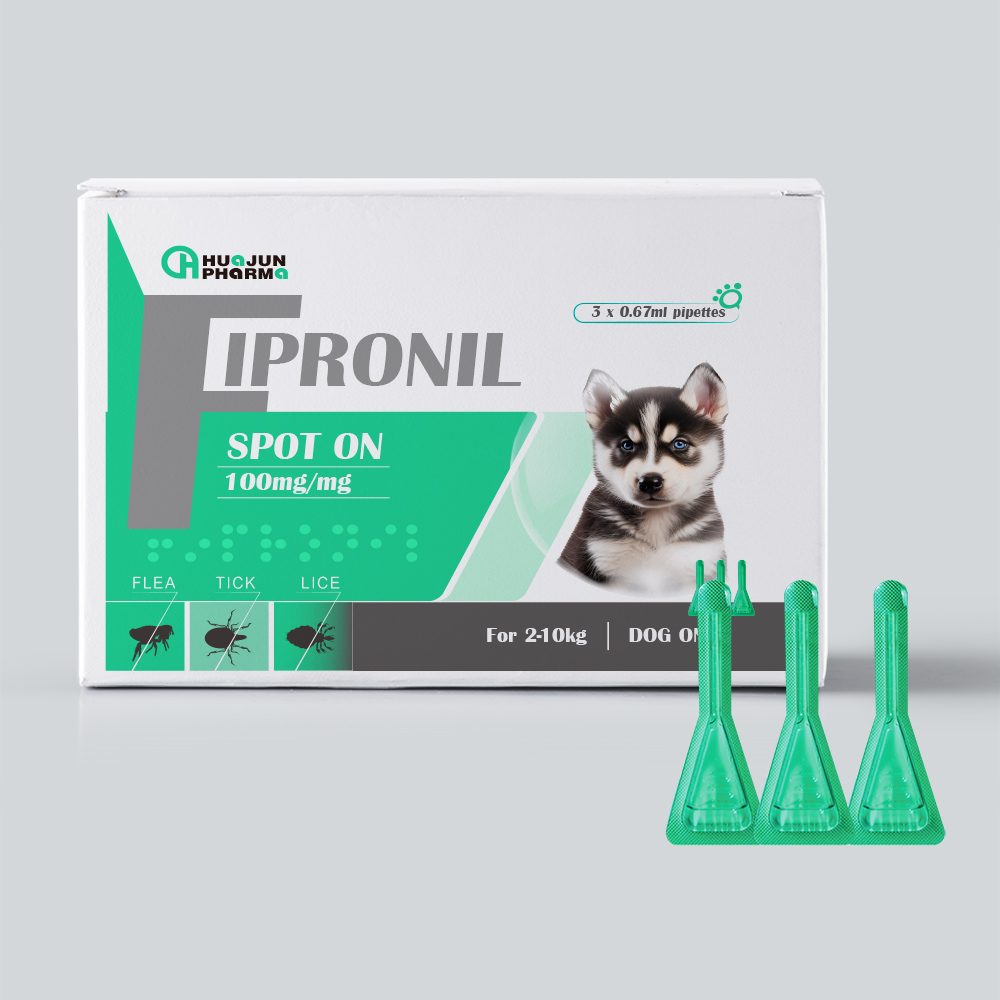
Tem . 28, 2024 03:27 Back to list
Understanding the Links Between Endometritis and Salpingitis for Better Women's Health Outcomes
Understanding Endometritis and Salpingitis Causes, Symptoms, and Treatment
Endometritis and salpingitis are two significant inflammatory conditions affecting the female reproductive system, often interlinked and sharing similar etiological factors. Understanding these conditions is crucial for prompt diagnosis and effective management, thereby minimizing complications and preserving reproductive health.
What are Endometritis and Salpingitis?
Endometritis refers to the inflammation of the endometrium, the inner lining of the uterus. This condition can occur due to bacterial infection, often following childbirth, miscarriage, or gynecological procedures such as dilation and curettage (D&C). Symptoms may include abnormal vaginal bleeding, pelvic pain, fever, and general malaise.
Salpingitis, on the other hand, is the inflammation of the fallopian tubes. This condition is most commonly a result of sexually transmitted infections (STIs) like Chlamydia and Gonorrhea, but it can also stem from other infections. Symptoms typically include pelvic pain, fever, unusual vaginal discharge, and sometimes painful intercourse.
Both conditions can occur concurrently, a situation referred to as pelvic inflammatory disease (PID), which poses a greater risk for complications including infertility, ectopic pregnancy, and chronic pelvic pain.
Causes and Risk Factors
The primary causes of endometritis and salpingitis include infections, particularly those resulting from STIs or after childbirth and gynecological surgery. Risk factors include
1. Sexual Activity Early onset of sexual activity and multiple sexual partners increase the likelihood of STIs, which are the leading cause of salpingitis. 2. Previous Infections A history of pelvic infections can predispose women to both endometritis and salpingitis. 3. Childbirth and Miscarriage Women who have recently given birth or undergone miscarriage are at higher risk, as the uterine environment is more susceptible to bacteria. 4. Gynecological Procedures Surgeries or examinations involving the uterus can introduce bacteria, leading to infections.
Symptoms to Watch For
While the symptoms can overlap, there are specific signs associated with each condition. In endometritis, women may experience
endometritis salpingitis factories

- Abnormal menstrual bleeding - Lower abdominal pain or cramping - Fever and chills - Foul-smelling vaginal discharge
In salpingitis, symptoms may include
- Sudden onset of pelvic pain (particularly on one side) - Fever - Painful intercourse - Unusual vaginal discharge
If you experience any of these symptoms, especially after childbirth or surgery, it is crucial to seek medical attention promptly.
Diagnosis and Treatment
Diagnosis usually involves a thorough medical history, physical examination, and possibly imaging tests (like ultrasound) or lab tests for infections.
Treatment typically includes antibiotics to address the underlying infection. In severe cases, hospitalization and intravenous antibiotics may be necessary. Pain management and supportive care are also important.
Preventative measures are key in reducing the risk of both conditions. Regular STI screening, practicing safe sex, and timely treatment of any infections can help maintain reproductive health. Additionally, postpartum care and hygiene after gynecological procedures play a crucial role in prevention.
Conclusion
Endometritis and salpingitis are serious conditions that require prompt recognition and treatment. By understanding their causes, symptoms, and prevention strategies, women can take proactive steps in protecting their reproductive health. Regular gynecological check-ups and open discussions with healthcare providers are essential components of maintaining overall health and addressing any concerns that may arise. Early intervention is vital in reducing the risk of long-term complications and ensuring a healthy reproductive future.
-
Premium Honeysuckle Products - Leading Honeysuckle Manufacturer & Supplier Factory
NewsJun.10,2025
-
Pulmonary Edema Solutions from Leading Manufacturer & Supplier Reliable Factory Price
NewsJun.10,2025
-
Red Eyes - Leading Red Eyes Manufacturer & Supplier, Premium Quality Factory Price
NewsJun.10,2025
-
Broiler Ascites Syndrome Solutions Top Manufacturers
NewsJun.10,2025
-
Premium Amoxicillin Suppliers Reliable Biomox Mexican Factories
NewsJun.10,2025
-
Top Brewing Cell Wall Solutions Optimized Efficiency
NewsJun.09,2025




